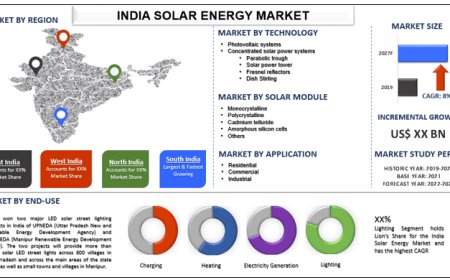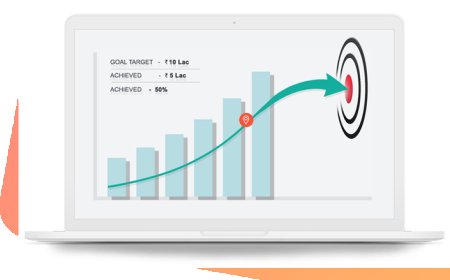When the S&P 500 No Longer Reflects the Bigger Picture

The S&P 500 is often treated as the pulse of the U.S. economy. Its movements are cited in headlines, investor updates, and even political commentary. But what if this iconic index starts to paint a picture that does not align with economic realities? Many traders and investors have come to realize that the S&P 500 may not always serve as an accurate reflection of what is truly happening across the broader economy.
The disconnect is not imaginary. Over recent years, certain stocks within the index have grown to carry enormous weight. A small group of technology giants now represent a substantial portion of the S&P 500s overall value. When these companies perform well, the index can climb, even if other sectors are struggling. This creates a skewed perspective for those using indices trading as a guide to the health of the economy.
Concentration Risk Creates a Distorted View
One of the most overlooked aspects of the S&P 500 is how heavily it leans on a handful of large companies. When tech stocks soar, the index moves up even if other industries are experiencing stagnation or decline. For someone engaged in indices trading, this can lead to misleading signals. It is important to look beyond the headline number and investigate the distribution of gains or losses.
Liquidity Boosts Can Inflate the Index
Another factor contributing to the illusion is monetary policy. When central banks inject liquidity into the system, asset prices are often the first to respond. Stocks rise not necessarily because businesses are doing better, but because investors have more money to put into markets. This is especially important for indices trading, where price action may not reflect real business performance but rather an influx of speculative capital.
Consumer Hardship Does Not Always Show Up in Charts
There can be a growing divide between the market and everyday experience. Unemployment may be high, wages stagnant, and inflation rising, yet the S&P 500 could still be climbing. This is because the index rewards profitability and investor sentiment, not social outcomes. For those involved in indices trading, understanding this divergence can prevent costly assumptions about where the market is really heading.
Sector Winners Mask Broader Weakness
In any given year, certain sectors may outperform while others suffer. If the winners happen to be heavily weighted in the index, it can give the appearance that the market is broadly strong. However, this strength may not be reflected in retail, manufacturing, or small-cap stocks. A trader relying on indices trading must dig deeper to understand what is truly driving the index and whether that strength is sustainable.
A More Nuanced Approach Is Needed
Investors and traders who want to use indices effectively should learn to read between the lines. The S&P 500 offers a useful snapshot, but it is far from the full picture. Looking at sector breakdowns, examining relative strength indexes, and cross-checking macroeconomic data can help paint a more accurate image. For those using indices trading as a core strategy, developing a nuanced view of what the index represents is a vital skill.
The S&P 500 remains a powerful tool, but it is not immune to distortion. Whether driven by concentrated gains, monetary policy, or market sentiment, its signals require interpretation. Those who blindly follow its direction without deeper analysis risk being caught off guard when reality finally catches up.




































